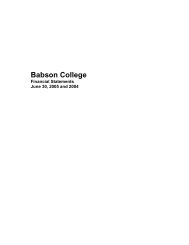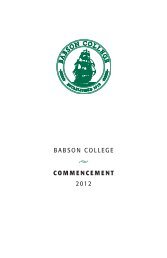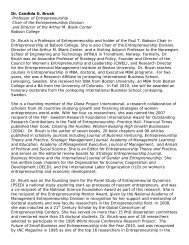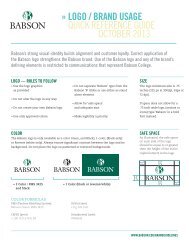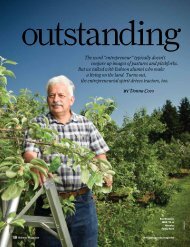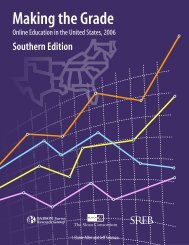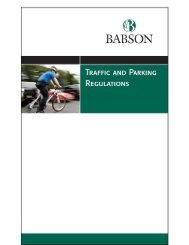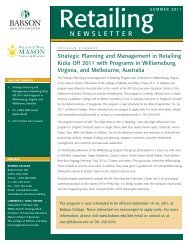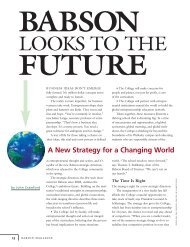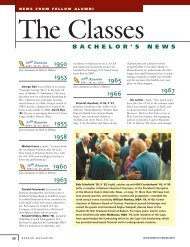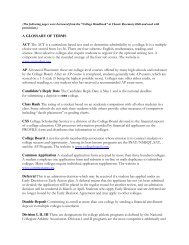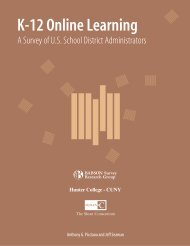fesanco (pdf) - Babson College
fesanco (pdf) - Babson College
fesanco (pdf) - Babson College
Create successful ePaper yourself
Turn your PDF publications into a flip-book with our unique Google optimized e-Paper software.
Miguel’s invitation was accepted, and on March 19, 1998, Comercial Fesanco S.A. was<br />
founded. Miguel chose this particular day in which Catholics honor St. Joseph the<br />
Worker, who was designated as the protector of the personnel. As his initial equity,<br />
Miguel invested US $10,000 he had received as a severance payment from Agunsa.<br />
Ricardo agreed to invest $4,000 and Miguel’s wife Monica added $1,000 from her<br />
savings. Fesanco’s first office was in Miguel and Monica’s house. During this stressful<br />
period, Monica was the mainstay for her family and also for her husband’s<br />
entrepreneurial adventure.<br />
Lemonade<br />
In the ensuing months, the Asian Crisis continued to hammer the worldwide economy.<br />
The demand for consulting services and spare parts declined precipitously. Ricardo was<br />
ready to end the Fesanco project, but Miguel was convinced that the economic crisis<br />
would force them and the entire industry to improve their administrative and operational<br />
efficiency.<br />
One year after it was founded, Fesanco was suffering from a serious cash flow deficit.<br />
Miguel was unwilling to use his family’s house as collateral for loans. By that time, he<br />
and Monica had the six children they had dreamed of when they were young. Instead<br />
Miguel made a phone call to Heinz Hinrichs, the sales director of Gottwald, to ask if the<br />
company would hire him as its official representative in Chile. He proposed to be their<br />
exclusive agent for $2,000 monthly for a period of two years.<br />
The timing was not ideal; the effects of the crisis were serious, especially for companies<br />
involved in foreign trade. Miguel thought that the worst-case scenario would be an<br />
immediate no. Instead Heinz said he would analyze the proposal with Andreas Moeller.<br />
Within a few days, Heinz and Andreas sent a fax with a positive response. It was a nice<br />
surprise when Miguel saw that the entire $24,000 had been immediately deposited in his<br />
bank account as a sign of their confidence in him.<br />
New beginnings<br />
In August of that year (1999), the ports of Valparaiso, San Antonio and San Vicente<br />
were privatized, in a concession model for a period of twenty years. Two months later,<br />
the Port of Mejillones was also privatized in the same way.<br />
The continuing Asian Crisis meant that the following year was still bad for sales (see<br />
Exhibit 6), and Miguel watched each dollar as if it were his last. Fesanco was close to<br />
bankruptcy when, in November of 2000, they received an urgent phone call from TPS,<br />
the company that had the concession for the Port of Valparaiso. The voice on the other<br />
end of the line said, “Miguel, we need to buy and assemble a port crane right away. Can<br />
you help us solve this problem because we’re in trouble. The only person who can do it<br />
is you, so please do your best. If you can solve our problem, the purchase order is<br />
yours.”<br />
Miguel called his contacts in Europe and America and by the end of the day, with the<br />
help of Andreas Moeller, he was able to tell TPS that a crane was available and the<br />
problem was solved.<br />
6



